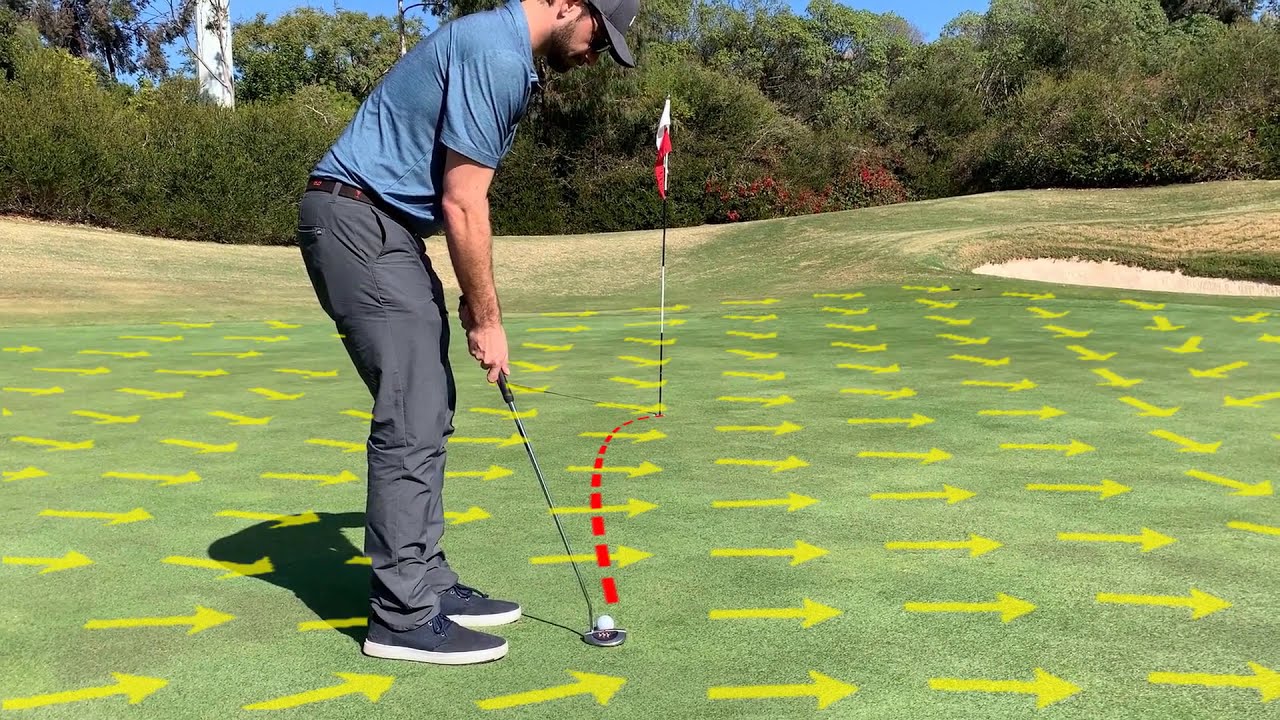What is a hammer bet in golf

Hammer Bets in Golf When there is betting what is a hammer bet in golf on with golf, that tends to be an initial bet on a per-hole basis. For this example, let's say. Hammer is played 1-on-1 or 2-on A starting wager (e.g., $5) is set for each hole. At any point, either team can “hammer,” which either. In four-man Wolf Hammer, going blind lone wolf (before anyone has teed off), multiplies every bet (the hole and all the junk, which is spelled. We also do not have that the hammer ever doubles the bet (bet means value of the point or number of points). It adds just one point at a time.
Golf Betting Games: The Ultimate Guide
Sharp bettors strategically hammer certain bets all the time. They place percentages and only do it if they feel confident enough that they can win long-term. However, sharp bettors will find they sometimes have limits on how much they can hammer certain bets. Sportsbooks have a great idea of who wins money consistently.
They pay attention to their moves and will always try to stay a step ahead. After all, no sportsbook wants to lose long-term, so they will be paying attention to any leans one way or another. This is part of the reason why most sportsbooks limit the amount of money a person can wager at any one time. People gravitate towards a system to win long-term in sports betting.
It rotates between the two players or teams. The player with the fewest number of shots wins whatever the bet stands at. But in some cases the final bet can be quite high depending on how many times it was hammered. A word of caution. It can be just as much fun playing for points and an agreed upon winning or losing bet is paid out at the end of the round.
After rounds 1 and 2, the top 65 players and ties will advance to play rounds 3 and 4. Those who do not qualify, do not make the cut. The better players tend to make the cut at a reasonably high rate. So taking the best golfers in the world to miss the cut can pay pretty handsomely. Winning Margin of Victory. What is a hammer bet in golf You can place wagers on how many strokes you believe the winner will win by.
For example, if Jordan Spieth wins a tournament and shoots , and his nearest competitor shoots -5; then the winning margin of victory is by 5 strokes. Another popular prop bet is the hole-in-one bet. When it comes to golf, the prop bets are a fun way to place some bets and enjoy the action. Other popular prop bets include:.
The most popular future golf bet involves the tournament winner. We already talked about that at length. Other future bets include:. If you want to increase your chances of being a successful bettor, here are a few tips to help you on your way:. Strokes Gained Statistics: Professional golf bettors use strokes gained statistics. These statistics represent how well a golfer has historically performed at all aspects of his golf game compared to other golfers.
Strokes Gained: Off-the-Tee. Strokes gained: off-the-tee measures the player performance off the tee on all of the par-4s and par-5s.  Strokes Gained: Approach-the-Green. Strokes gained: approach-the-green measures player performance on his approach shots. Approach shots include all shots that are not from the tee on par-4 and par-5 holes and are not included in strokes gained: around-the-green and strokes gained: putting.
Strokes Gained: Approach-the-Green. Strokes gained: approach-the-green measures player performance on his approach shots. Approach shots include all shots that are not from the tee on par-4 and par-5 holes and are not included in strokes gained: around-the-green and strokes gained: putting.
Approach shots include tee shots on par-3s. Strokes Gained: Around-the-Green. Strokes gained: around-the-green measures player performance on any shot within 30 yards of the edge of the green. This statistic does not include any shots taken on the putting green. Strokes Gained: Putting. Strokes gained: putting measures how many strokes a player gains or loses on the greens.
Strokes Gained: Tee-to-Green. Strokes gained: tee-to-green measures all strokes not taken on the putting green. Sharp bettors will use these statistics to map out the probability of a golfer's performance. They will then apply these projections to the lines issued by sportsbooks.
Popular Pages
- 2021 3m open leaderboard
- Us golf results
- Dutch open golf betting tips
- Uspga golf 2019 betting odds
- Points bet golf ad
- Beto drill disc golf
- Golf betting michigan
- How to bet on golf in canada
- William hill live golf betting
- Us open golf betting pa
- Northern trust golf betting tips
- Pga golf betting oddschecker
- Golf betting game called vegas
- Irish open golf betting 2018
- Beta blockers banned golf